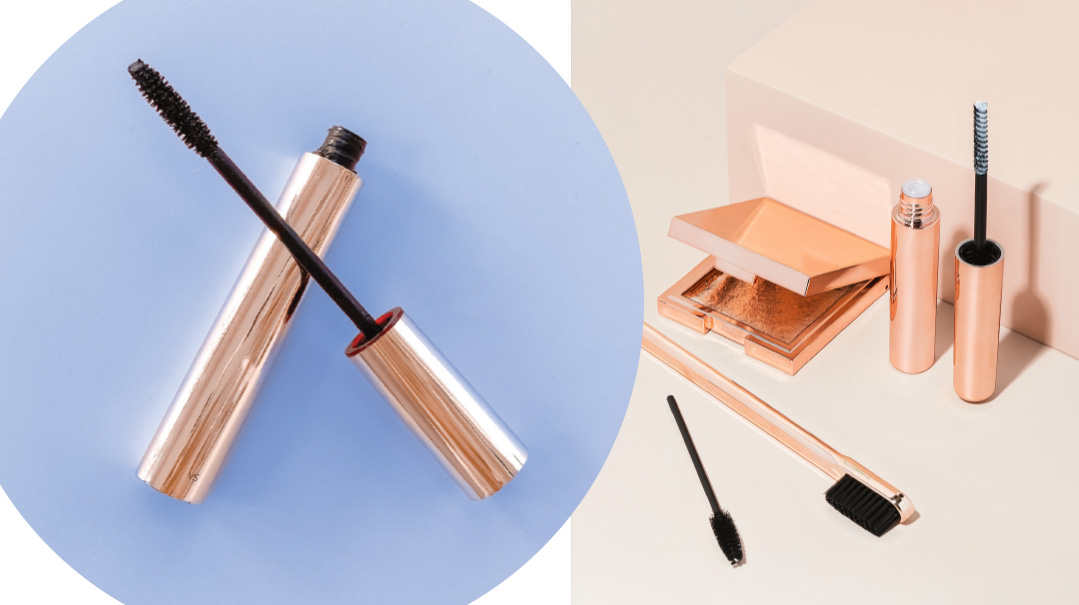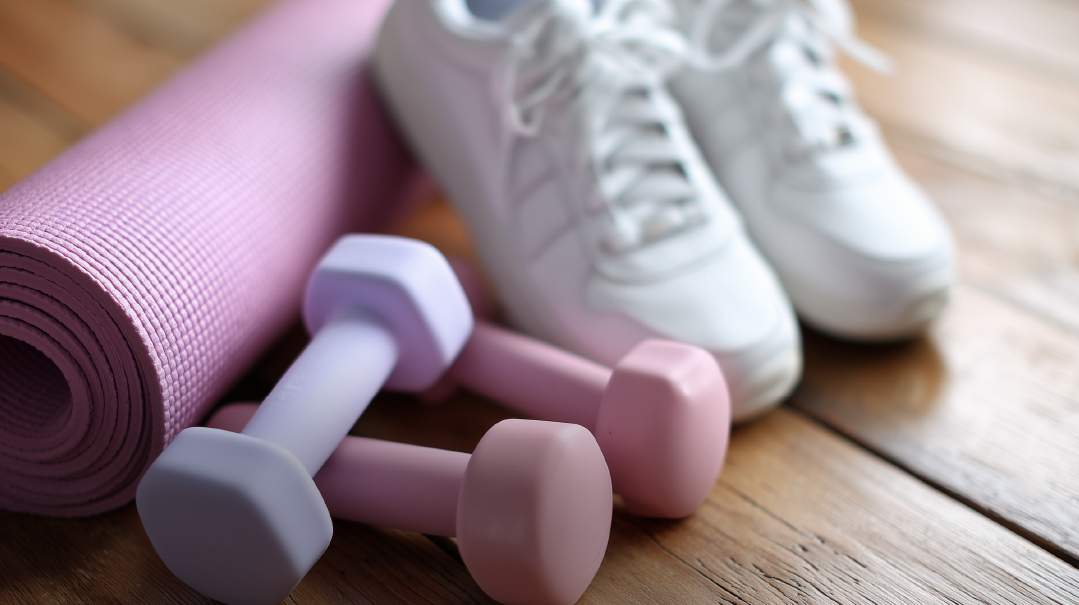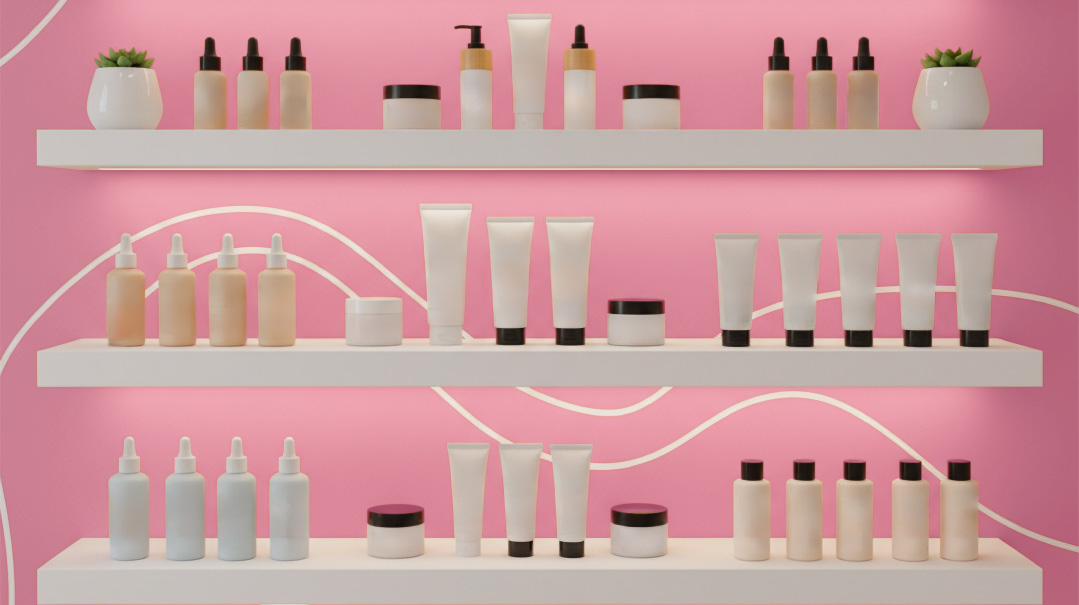Inside Out: Why Is My Hair Thinning?
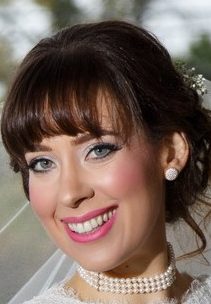
And what can I do about it?
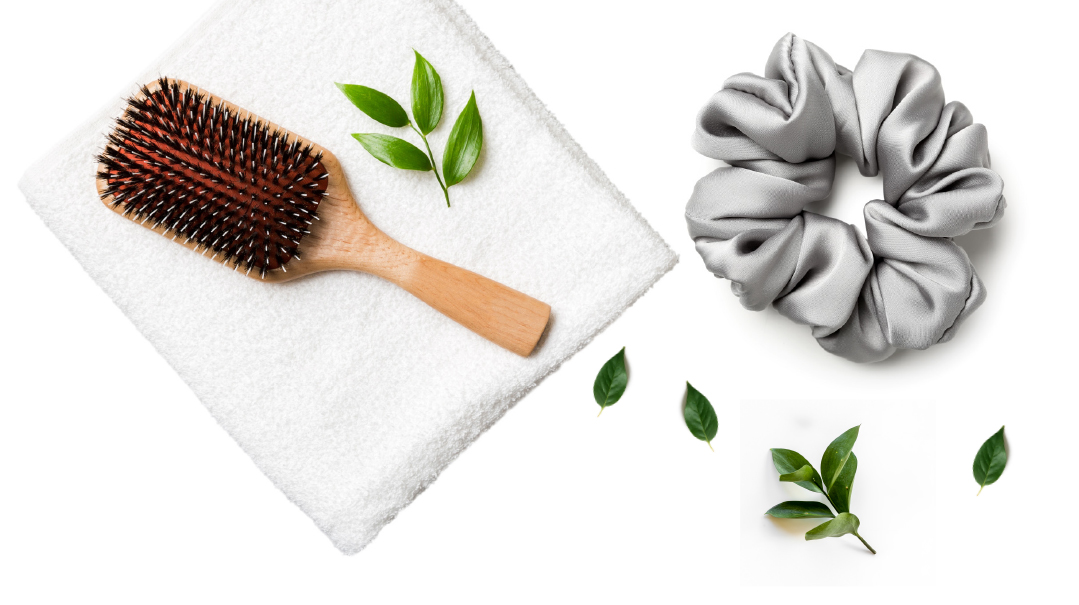
Whether hair is covered or uncovered, is on a man or a woman, no one is especially thrilled when it starts to thin. But there is no one cause; multiple factors, including genetics, hormones, stress, aging, illness, deficiencies, hair styling, and even smoking can be at fault. However, steps can be taken to slow or possibly reverse the process, and a multipronged approach can result in a fuller outcome.
You’d be surprised, but switching to an anti-dandruff shampoo can be a big help. Nizoral shampoo contains the ingredient ketoconazole, which is an anti-fungal and hormone-blocker; fungi or hormones can be a cause of hair loss. Head & Shoulders shampoo is also anti-inflammatory (although it doesn’t treat the hormone issue) and can also assist with hair thinning. After working the shampoo in, wait for three to five minutes before rinsing it out, and don’t apply conditioner to the scalp after.
For actual treatment, Minoxidil, also known as Rogaine, is the go-to for men and women. Minoxidil is a vasodilator, meaning it increases blood flow (increased blood flow to the hair follicles can stimulate growth). Typically, hair goes through a cycle of growth, regression, rest, and shedding. Minoxidil shortens the resting hair phase and coaxes it into the growth phase. A third benefit is that it enlarges follicles that have been shrunken by hormones. Minoxidil should be applied twice a day to the scalp, while hair is clean and dry or damp. Results can be seen as soon as two months, but four months is a better bet (hair grows a mere half inch per month). Since Minoxidil speeds up the hair cycle, there may be some initial shedding, but keep going; it will pass. Be aware that Minoxidil can also make hair grow in undesired areas, so be sure to apply it only to the scalp and wash hands after. Also, even if the product says “for men only,” it’s identical to the women’s version (and it’s also cheaper).
If one is willing to go the distance, consider adding dermarolling to the treatment plan. Dermarollers make tiny punctures in the skin, which allows treatments to penetrate deeper into the scalp. Those who did this in conjunction with Minoxidil saw better results. Start with 0.5mm needle length, and disinfect the roller prior to every use. Roll all over the scalp in different directions. Try once or twice a week at first. There may be some irritation, swelling, and bruising.
Scalp massage for five to 20 minutes daily stimulates blood flow to the scalp, boosting hair growth. This can be done with the pads of the fingertips, not the nails, or with a scalp massager. But as with all potential remedies, this would have to be done on a consistent daily basis to see results, which can take a few months.
For the moms out there: When expecting, hormones fluctuate in the body and the hair cycle goes a bit haywire. In many cases, hair doesn’t shed (in others, hair loss goes into overdrive). Then, a few months postpartum, the hormones return to their original programming, and all that hair that wasn’t shed for the past nine months falls out. So that’s usually a temporary problem, not a permanent one.
For female hair loss, in cases where there is also hormonal acne, oral spironolactone can help. Hormonal acne is caused by excess androgens, which can also cause hair loss. This treatment would also be ideal for those with PCOS. However, it is not for use during pregnancy. Spironolactone was originally developed to be a blood pressure medication, so it has the same potential side effects, and a doctor’s prescription is required (it is not for men, only women).
For those willing to try any option, there is also laser treatment. Laser caps emit low levels of red light, which stimulates the skin cells in the scalp to grow fuller, denser hair. When used in conjunction with Minoxidil, there were even better results. Another benefit is that there are no side effects (this technology was discovered in the 1960s, during cancer research, so it has been under observation for decades). Every brand has different instructions for use, but it’s typically about three times a week or so for 30 minutes. However, laser treatment only works on hair that one still has; it won’t stimulate hair that is no longer there. Additionally, laser caps are expensive.
(Originally featured in Family First, Issue 931)
Oops! We could not locate your form.




